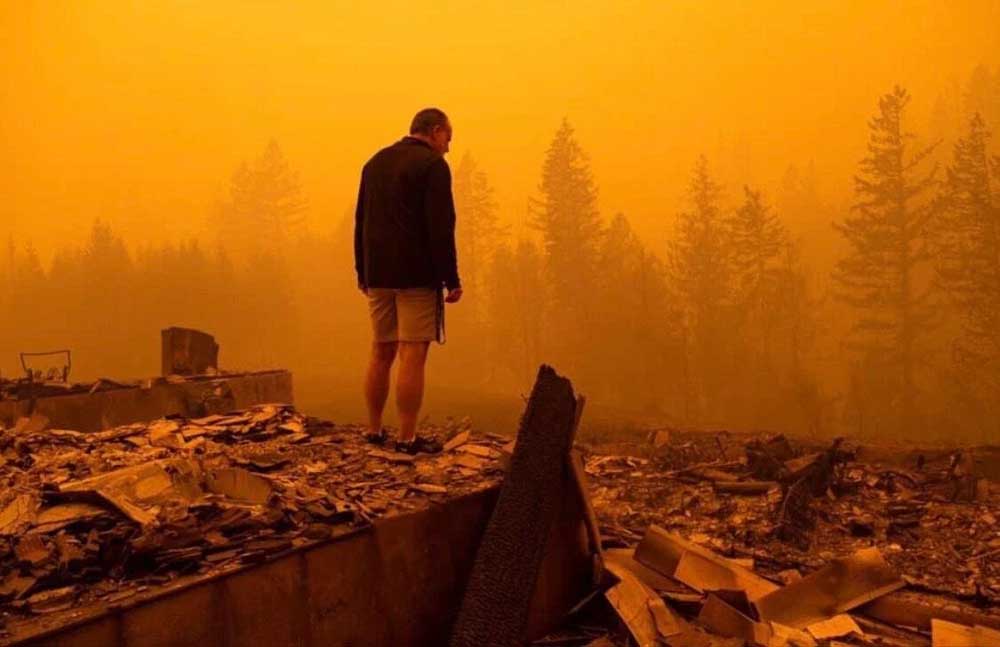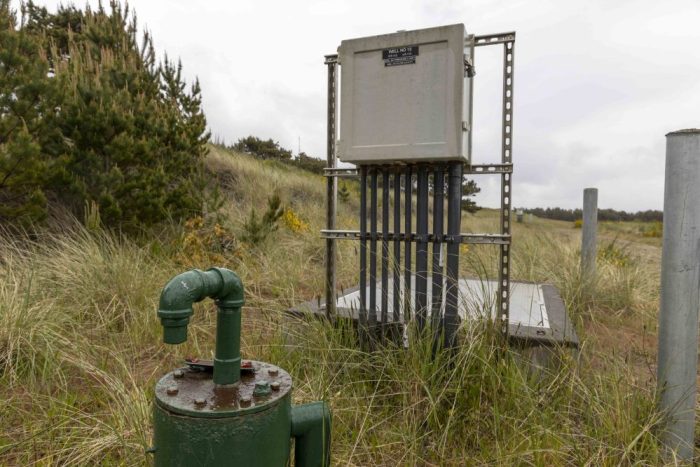Our View: Making a tragedy worse
Published 12:30 am Thursday, June 29, 2023

- An unidentified man examines remains of a home at the Gates Bridge East River Road after wildland fires ripped through the town in September 2020.
Nothing was normal about Labor Day 2020 in Oregon. What began as a light breeze in the morning spiraled into a roaring wind storm by afternoon, sending trees, shingles and anything that wasn’t tied down sprawling across the landscape.
Not since the 1962 Columbus Day windstorm had hurricane-force winds battered the region like that. The mountain passes became funnels, sending the wind crashing through cities and towns unfortunate enough to be in their path.
But it was the fires that did the most damage. The wind caused electric power lines to slap together, sending cascades of sparks into tinder-dry forests. Whipped by the winds the fires leapfrogged through town after town, destroying one house after another.
Contributing to the fire in the Santiam Canyon was the Beachie Creek Fire, which had been allowed to burn for weeks before the windstorm. The wind — which topped 100 mph along the ridges — turned that fire into a blow torch. It raged through parts of the canyon, incinerating all in its path.
By the time the wind subsided and a massive all-hands-on-deck effort wrestled the fires into submission, nine people were dead and billions of dollars in damage was inflicted on a wide swath of Oregon. About 1,875 square miles were burned and 5,000 homes and other structures had been leveled.
It was everyone’s worst nightmare.
The managers at PacifiCorp, which supplies electricity to many of the areas that the wind storm battered, had a choice that day. They could keep the power on, or hit the breakers and shut down power to much of the area.
Either way, the decision posed risks. Turn the power off, and any computerized communications and electrical equipment would be cut off. Leave it on, and the slapping wires and exploding transformers would add to the nightmare unfolding across the region.
Despite requests from the governor’s office and fire officials, PacifiCorp kept the power on.
This month, a jury decided that was a bad decision. Jurors determined that PacifiCorp was at fault for keeping the power on as the wind raged through the forested areas. Not only that, they determined that the company, which is owned by billionaire Warren Buffett’s Berkshire Hathaway conglomerate, would have to pay punitive damages.
The overall costs to the company could range into the billions of dollars, and PacifiCorp has announced it will appeal that verdict and the damage awards.
That, of course, is an option open to every defendant on the losing side of a lawsuit. After all, this is a case about options. The company had the option of shutting down the power as the wind raged out of control.
The people who didn’t have an option were those who lost their lives and their homes. They had no choice that day except to flee the fires.
That the jury decided PacifiCorp played a significant role in those fires is significant. The company will ultimately have to own up to that.
In the meantime, PacifiCorp and other power companies in Oregon and elsewhere should be thinking about next time — and there will be a next time. Power companies in California have already faced a financial reckoning as a result of their roles in wildfires.
They need to develop technologies and strategies for avoiding similar disasters in the future.





